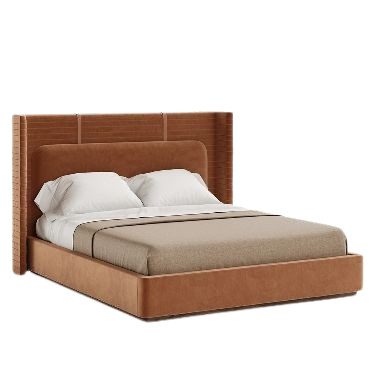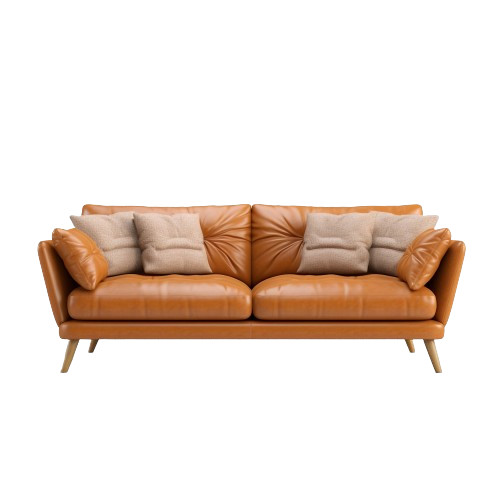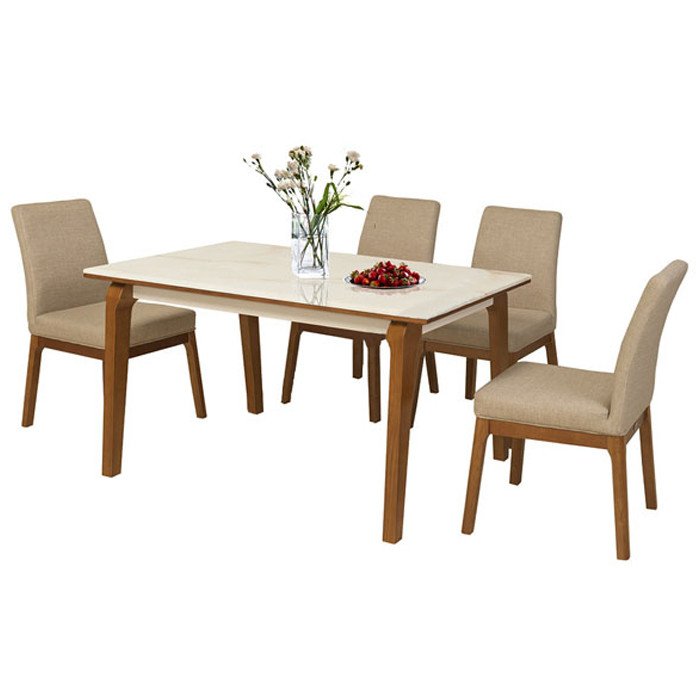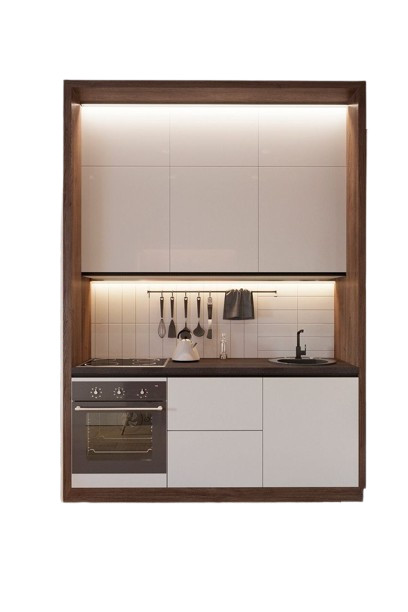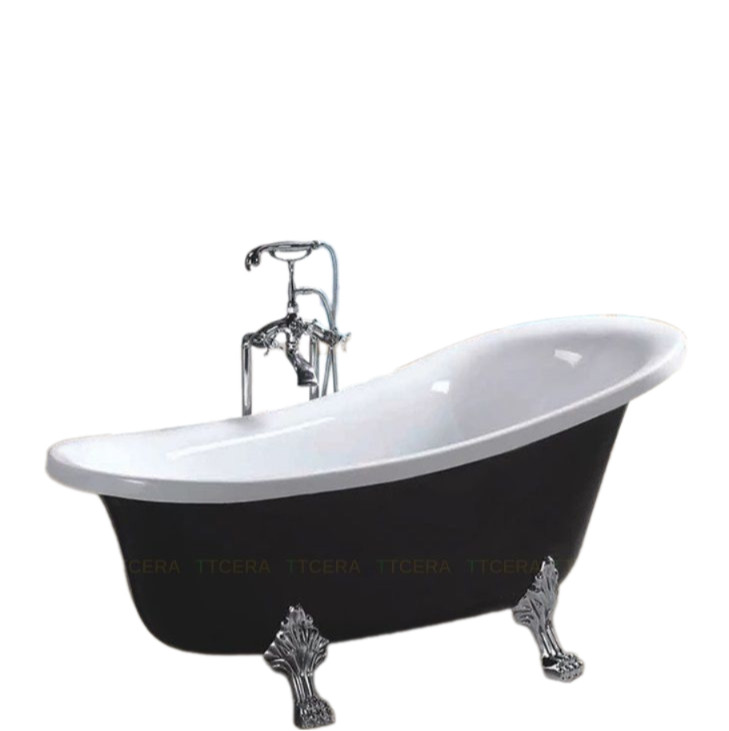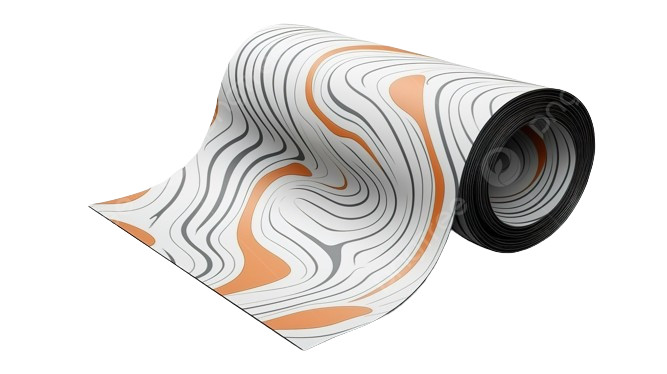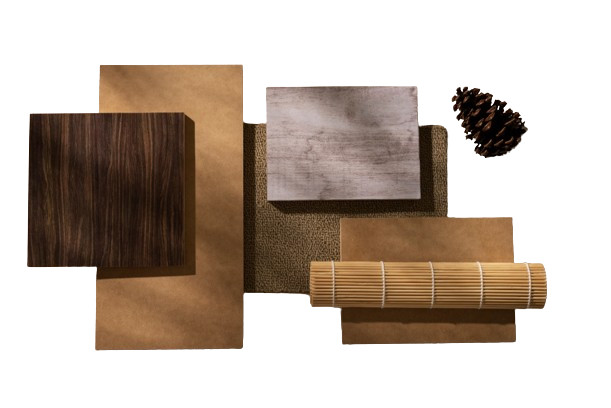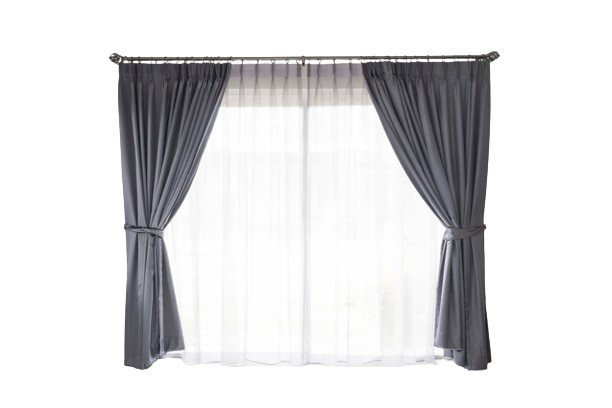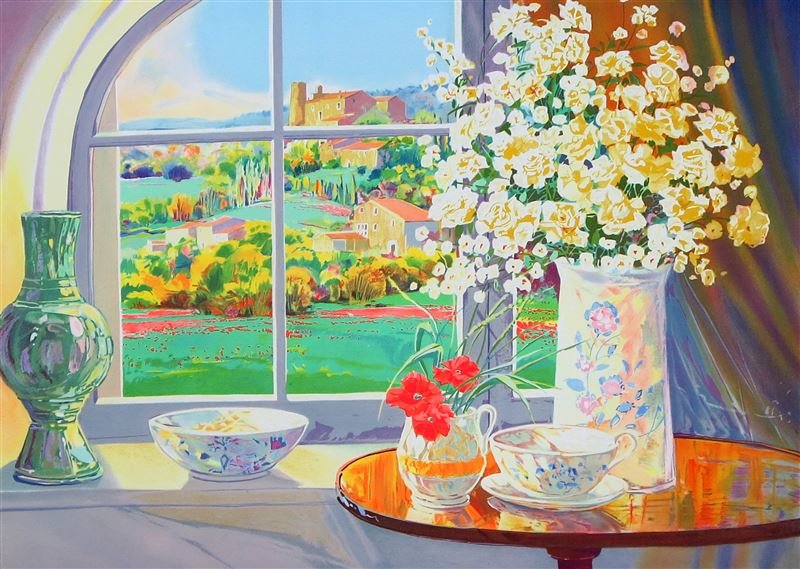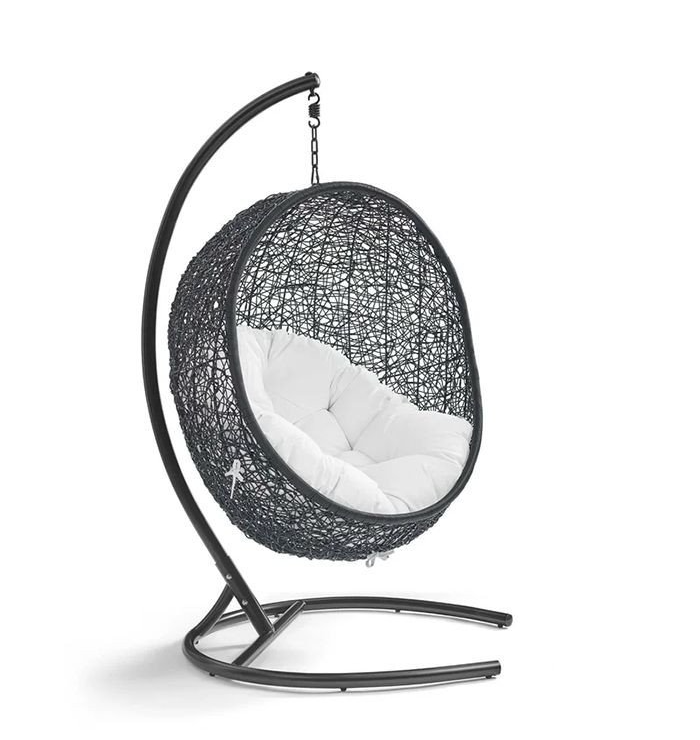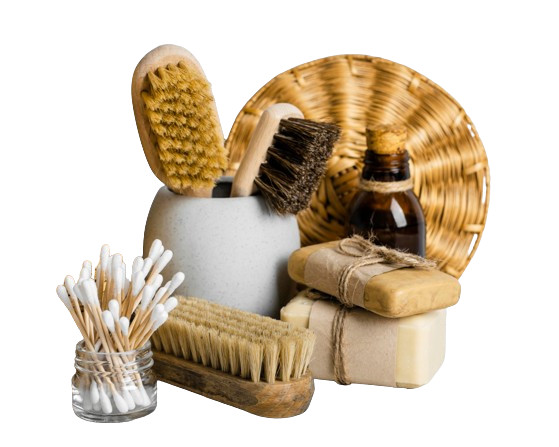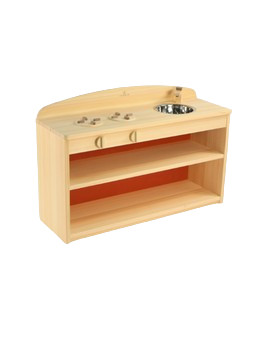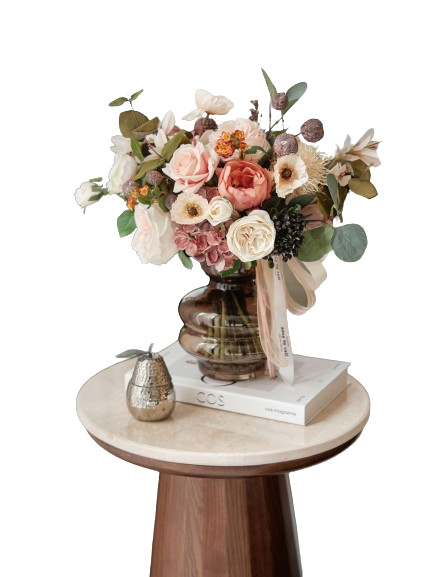JAPANESE TRADITIONAL CRAFTS
In Japan, many daily necessities which are made by using traditional manufacturing methods and raw materials that have been nurtured and inherited through history and climate. Please try incorporating traditional Japanese crafts into your daily life.
Japan Sakai Forged Knife
SAKAI Uchihamono (Forged Blades)
Location: Osaka
History: in the middle of the Edo era (1600 - 1868)
There is a Sakai knife for almost every use, as evidenced by the fact that most Japanese chefs have one. Their main feature is their well-grounded edges.
History: in the middle of the Edo era (1600 - 1868)
There is a Sakai knife for almost every use, as evidenced by the fact that most Japanese chefs have one. Their main feature is their well-grounded edges.
Mashiko ceramic
MASHIKO Yaki (Pottery)
Location: Tochigi
History: around the middle of the 19th century
Mashiko Yaki has many devoted fans with its gentle luster born from the union of glazing techniques and Mashiko clay, which is quite traditional. A wide variety of crockery is produced alongside items including flower vases by 320 firms employing 338 people.
History: around the middle of the 19th century
Mashiko Yaki has many devoted fans with its gentle luster born from the union of glazing techniques and Mashiko clay, which is quite traditional. A wide variety of crockery is produced alongside items including flower vases by 320 firms employing 338 people.
SANSHU-ONIGAWARA-KOGEIHIN(TILE)
SANSHU Onigawara Kougeihin (Gargoyle Roof Tile)
Location: Aichi
History: the beginning of the 18th century
People who make Onigawara Crafts are known as onishi or oniitashi. In addition to the traditional types with gargoyles and family crests, the Onigawara craft extends to other products including small ornaments for interior design and outdoor decorations.
History: the beginning of the 18th century
People who make Onigawara Crafts are known as onishi or oniitashi. In addition to the traditional types with gargoyles and family crests, the Onigawara craft extends to other products including small ornaments for interior design and outdoor decorations.
Japan Yamanaka Lacquerware
YAMANAKA Shikki (Lacquerware)
Location: Ishikawa
History: the second half of the 16th century
Pieces made using traditional kashoku-biki techniques to carve exceptionally fine grooves (sensuji) or inlays (zogan) are highly valued. Yamanaka lacquerware is characterized by taka-maki-e, an embossed gilt lacquerwork in which the lacquered portion is raised.
History: the second half of the 16th century
Pieces made using traditional kashoku-biki techniques to carve exceptionally fine grooves (sensuji) or inlays (zogan) are highly valued. Yamanaka lacquerware is characterized by taka-maki-e, an embossed gilt lacquerwork in which the lacquered portion is raised.
Miyagi traditional wooden doll
MIYAGI Dento Kokeshi (Wooden Dolls)
Location: Miyagi
History: in the middle of the Edo era (1600-1868)
Miyagi kokeshi dolls have a simple yet beautiful form that consists of only a head and body. Their sweet, innocent expression reflects the spirit of the artisans who produce them in mountain villages surrounded by the vastness of nature.
History: in the middle of the Edo era (1600-1868)
Miyagi kokeshi dolls have a simple yet beautiful form that consists of only a head and body. Their sweet, innocent expression reflects the spirit of the artisans who produce them in mountain villages surrounded by the vastness of nature.
Gifu paper lantern
Gifu lanterns
Location: Gifu Prefecture
History: Gifu in the mid-18th century
Gifu chochin are said to have been made in Gifu in the mid-18th century, and developed because the raw materials, Japanese paper and bamboo, were abundant nearby.
History: Gifu in the mid-18th century
Gifu chochin are said to have been made in Gifu in the mid-18th century, and developed because the raw materials, Japanese paper and bamboo, were abundant nearby.
NAGOYA-SEKKU-KAZARI
Naniwa Honzome
Location: Osaka Prefecture
History: during the Meiji period
Naniwa Honzome is a dyeing method unique to Japan that was developed in Osaka during the Meiji period for the purpose of mass producing patterned hand towels.
History: during the Meiji period
Naniwa Honzome is a dyeing method unique to Japan that was developed in Osaka during the Meiji period for the purpose of mass producing patterned hand towels.
Kurume Pongee
KURUME Kasuri (Ikat)
Location: Fukuoka
History: the beginning of the 19th century
Kasuri indicates a kind of textile that has its threads dyed beforehand. The threads are dyed by ikat techniques and woven to produce elaborate designs. Their simple texture is widely used in kimonos, accessories and interiors.
History: the beginning of the 19th century
Kasuri indicates a kind of textile that has its threads dyed beforehand. The threads are dyed by ikat techniques and woven to produce elaborate designs. Their simple texture is widely used in kimonos, accessories and interiors.
Yuki Tsumugi Textile
YUKI Tsumugi (Pongee)
Location: Ibaraki Tochigi
History: the Nara period (710-794)
Yuki pongee textiles are the prime representative of the kasadaka seni textile style, in which thousands of threads are hand-pulled from silk floss, each a slightly different length, and woven into fabric without any twisting of the threads.
History: the Nara period (710-794)
Yuki pongee textiles are the prime representative of the kasadaka seni textile style, in which thousands of threads are hand-pulled from silk floss, each a slightly different length, and woven into fabric without any twisting of the threads.
Tokamachi Akashi Chijimi Weaving
TOKAMACHI AKASHI Chijimi (Crepe Textiles)
Location: Niigata
History: the end of the 19th century
The fabric pattern of Toukamachi Akashi Chijimi is produced in exactly the same method as Tokamachi Ikat fabrics.
History: the end of the 19th century
The fabric pattern of Toukamachi Akashi Chijimi is produced in exactly the same method as Tokamachi Ikat fabrics.
YAMAGA-TORO(GARDEN LANTERN)
YAMAGA Toro (Paper Lanterns)
Location: Kumamoto
History: the mid-17th century
Originally made as votive offerings, Yamaga lanterns are now also used as souvenirs, ornaments and interior design decorations.
History: the mid-17th century
Originally made as votive offerings, Yamaga lanterns are now also used as souvenirs, ornaments and interior design decorations.
SANSHIN (STRINGED INSTRUMENTS)
SANSHIN (Three-stringed Instruments)
Location: Okinawa
History: the Ryukyu Kingdom
Sanshin manufacture demands delicate craftsmanship. It’s not uncommon to spend several decades creating a single instrument, starting with the selection of the type of wood to be used.
History: the Ryukyu Kingdom
Sanshin manufacture demands delicate craftsmanship. It’s not uncommon to spend several decades creating a single instrument, starting with the selection of the type of wood to be used.

